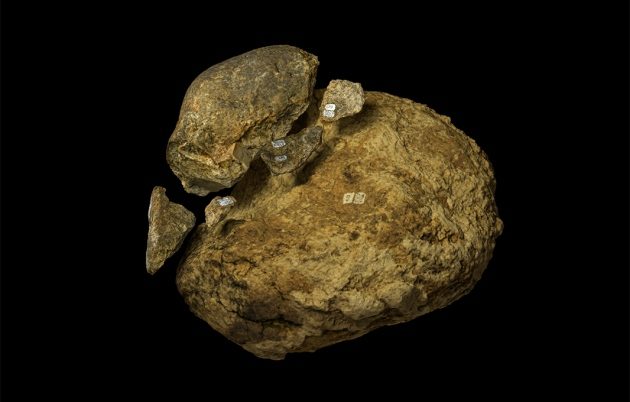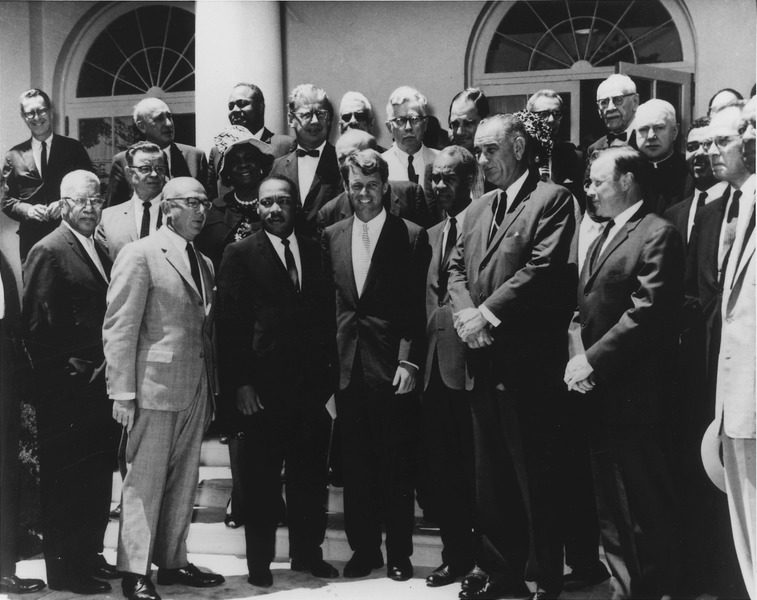
© A. Rountrey, C. Abraczinskas and D. Fisher/Univ. MichiganA 'hammer' stone — possibly shaped by ancient humans — found in California and dated to 130,000 years ago.
Their contention, if correct, would force a dramatic rethink of when and how the Americas were first settled — and who by. Most scientists subscribe to the view that Homo sapiens arrived in
North America less than 20,000 years ago. The latest study raises the possibility that another hominin species, such as
Neanderthals or a group known as
Denisovans, somehow made it from Asia to North America before that and flourished.
"It's such an amazing find and — if it's genuine — it's a game-changer. It really does shift the ground completely," says John McNabb, a Palaeolithic archaeologist at the University of Southampton, UK. "I suspect there will be a lot of reaction to the paper, and most of it is not going to be acceptance."
The study focuses on ancient animal-bone fragments found in 1992 during road repairs in suburban San Diego. The find halted construction, and palaeontologist Tom Deméré of the San Diego Natural History Museum led a five-month excavation. His crew uncovered teeth, tusks and bones of an extinct relative of elephants called a
mastodon (
Mammut americanum), alongside large broken and worn rocks. The material was buried in fine silt left by flowing water, but Deméré felt the rocks were too large to have been carried by the stream.
"We thought of some possible explanations for this pattern, and the process we kept coming back to was that humans might be involved," he says. Attempts in the 1990s to date the site suggested that the ivory was some 300,000 years old, but Deméré was sceptical: the method his colleagues used was problematic, and the age seemed so improbable for humans to be living in California.



Comment:
Indigenous peoples around the world tell myths which contain warning signs for natural disasters - Scientists are now listening